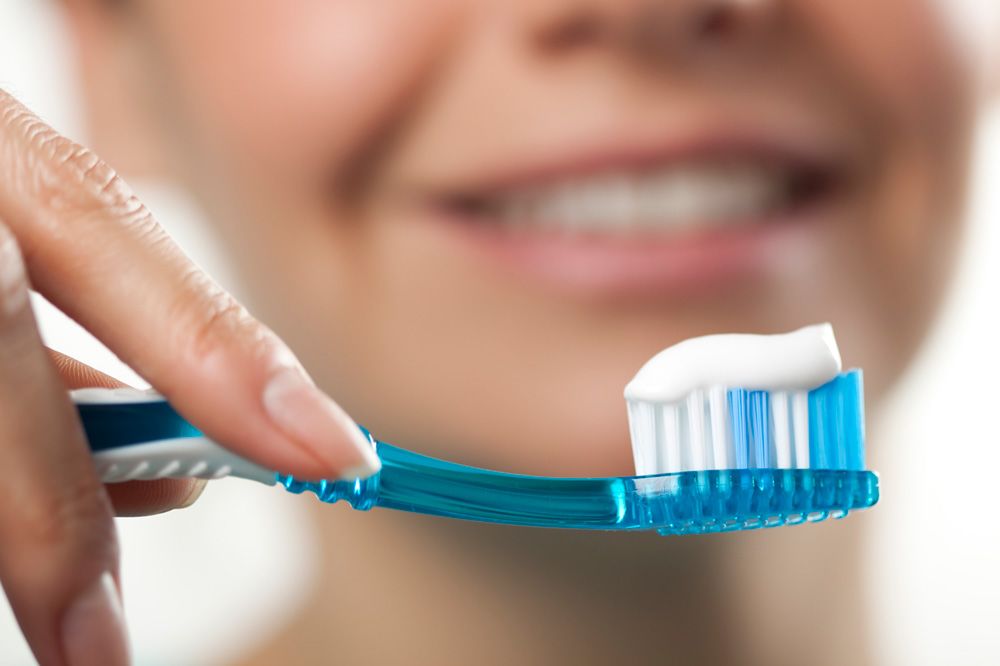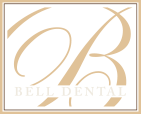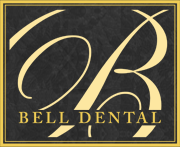The History of Toothpaste Goes Back Further Than You Think
 The history of dental care is longer, stranger, and more fascinating than many people realize. Maybe we're biased since this is our field, but if you really consider all of the innovations in restorative dentistry and general dental care we take for granted, it's pretty mind-boggling.
The history of dental care is longer, stranger, and more fascinating than many people realize. Maybe we're biased since this is our field, but if you really consider all of the innovations in restorative dentistry and general dental care we take for granted, it's pretty mind-boggling.
With that in mind, let's take a moment to consider toothpaste. To do that, we have to go back in time 7,000 years.
Ancient Egyptians and the First Toothpaste
The first historical evidence of toothpaste goes all the way back to 5000-3000 BC. The Ancient Egyptians devised a special dental cream that could be applied and wiped with a cloth or rag to help polish the smile and remove food particles.
This early toothpaste probably didn't taste very good, though. The ingredients of this dental cream often included substances like ground ox hooves, egg shells, pumice, and myrrh.
Other Early Toothpastes of the Ancient World
Possibly disseminating from Ancient Egypt, the Ancient Greeks and Romans would also use a dental cream, but with abrasives added, such as crushed oyster shell or crushed bones. Romans would add powdered bark and charcoal to help make this dental cream a bit more palatable.
Around 500BC, the Chinese also had their own dental cream, which typically incorporated ginseng and mints to improve a person's breath as well as the flavor of the mixture.
Tooth Powders of the 19th Century
Building off the abrasives of the distant past, people used tooth powders in Britain throughout the 1800s in order to keep their teeth clean. Many of the tooth powders of the day were homemade and extremely abrasive, containing salt, pulverized charcoal, crushed brick, and chalk.
In theory, this would be just as effective as using baking soda to brush your teeth, which many people still do today.
In practice, this was a different story. These powders tended to harm teeth rather than clean them.
Modern Toothpaste: Born in the 1800s
Building off of the tooth powders being used, toothpaste as we know it began to take shape throughout the 1800s. Soap was added to the tooth powders around 1824, with chalk added in the 1850s. Colgate would begin mass producing a soap-based toothpaste in 1873, with the substance commonly sold in jars.
Making the Toothpaste Tube
Toothpaste was commonly sold in jars and boxes throughout the 1800s. The toothpaste tube, which we take for granted today, didn't show up until the 1880s. This was an innovation made by Dr. Washington Sheffield, a dental surgeon who sold his own type of toothpaste in 1886 in a handy collapsible tube.
Fluoride Toothpastes: The 1950s
The next major innovation in toothpaste occurs in the 1950s, when fluoride began to be added to dental products. Fluoride in toothpaste is one of various drives for fluoridation, as a number of cities began to have fluoride added to their water supplies in the 1940s.
Toothpastes with Special Properties: The 1980s to Present
In the 1980s and onwards, a number of additional properties were added to toothpastes, including teeth whitening additives and special formulations for sensitive teeth.
Learn More About Your Dental Care Needs
For more information about various oral hygiene needs and how we can help you smile with confidence, be sure to contact our advanced dental care center today. The entire team of Bell Dental looks forward to your visit and helping you smile with confidence.



